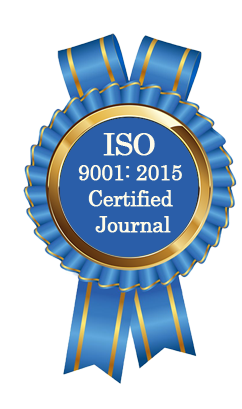| All | Since 2020 | |
| Citation | 105 | 60 |
| h-index | 4 | 4 |
| i10-index | 3 | 2 |
WJAHR Citation 
Login
News & Updation
Best Article Awards
World Journal of Advance Healthcare Research (WJAHR) is giving Best Article Award in every Issue for Best Article and Issue Certificate of Appreciation to the Authors to promote research activity of scholar.
Best Article of current issue
Download Article : Click here
Indexing
Abstract
DIAGNOSIS OF CORONARY ARTERY DISEASE BY MULTISLICE CT IN PATIENTS WITH ATYPICAL CHEST PAIN
DIAGNOSIS OF CORONARY ARTERY DISEASE BY MULTISLICE CT IN PATIENTS WITH ATYPICAL CHEST PAIN
ABSTRACT
The MSCT scanners are equipped with multiple and thinner detector rows, and has a faster tube rotation speed creating two major advantages; high spatial resolution and short acquisition time that enable high-quality examinations. It is only with this immense increase in the data acquisition volume per unit time, that CT assessment of the coronary arteries has become possible. CT angiography has been the noninvasive detection and grading of coronary artery stenosis, assessment of coronary artery anomalies and follow up after coronary bypass surgery. Contraindications to CTCA include irregular heart beats (arrhythmias), contra-indications to iodinated contrast material including allergy, renal insufficiency and hyperthyroidism, contra-indications to radiation exposure; pregnancy, respiratory impairment and marked heart failure. Atypical angina is chest pain or discomfort that lacks one of the characteristics of typical angina. It can arise from a variety of etiologies including cardiac and non-cardiac causes. Cardiac chest pain may be caused by either coronary artery disease (CAD) or non-CAD related etiologies. The latter includes ischemic syndromes in the absence of as well as non-ischemic cardiac pain. MDCT plays an important role in the assessment of acute thoracic disease involving the great vessels such as pulmonary embolism and aortic dissection as well as non-cardiac causes of acute chest pain. CT based evaluation for significant coronary artery stenosis has been shown to decrease the number of unnecessary hospital admissions without reducing the rates of appropriate admissions by ruling out the absence of acute coronary syndrome.
[Full Text Article] [Download Certificate]
